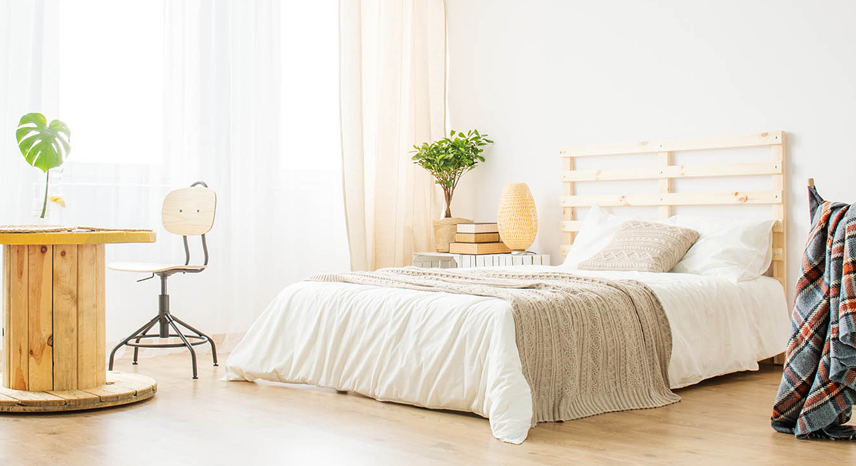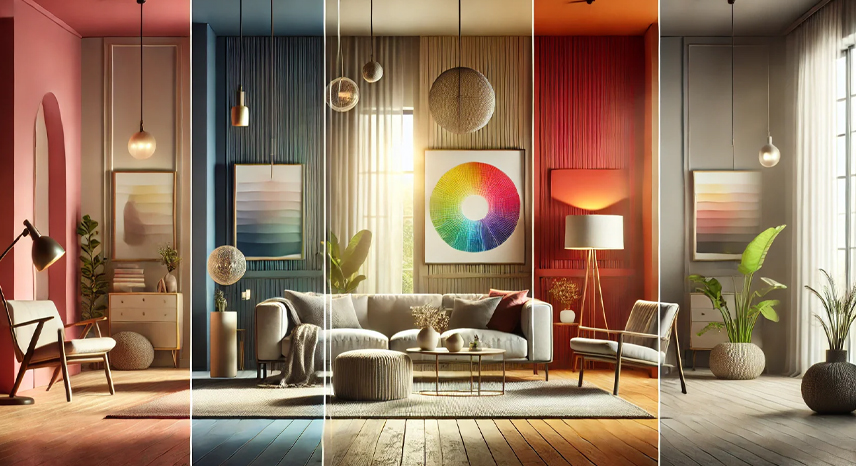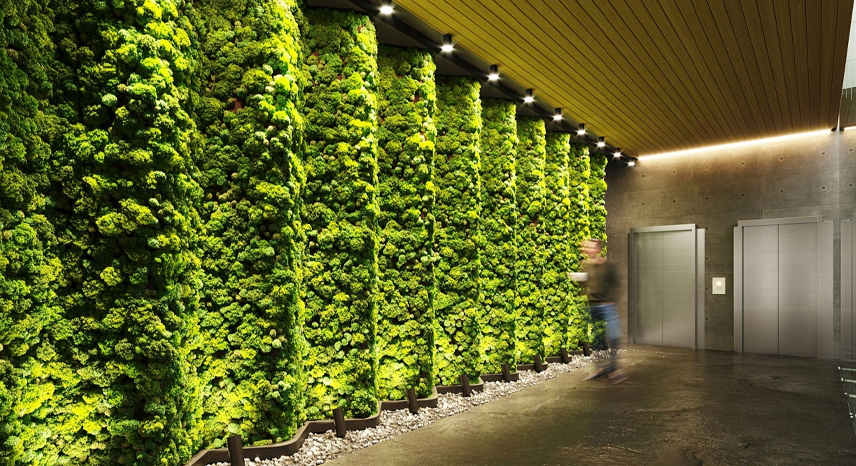The Art of Upcycling: Transforming Everyday Items into Chic Decor

Introduction
Upcycling is a creative and sustainable approach to home decor that transforms everyday items into stylish, one-of-a-kind pieces. Instead of letting your belongings collect dust or end up in landfills, upcycling gives them new life, reducing waste and saving money while adding unique personality to your home. Whether you're a DIY enthusiast or just beginning to explore creative home improvements, upcycling is an empowering way to infuse your space with art, innovation, and a touch of personal history.
Why Upcycling Matters
Sustainability
Upcycling minimizes waste by repurposing items that might otherwise be discarded. This environmentally friendly approach not only conserves resources but also reduces your carbon footprint. By choosing to upcycle, you contribute to a circular economy that values reuse over constant new production.
Creativity
Upcycling is a powerful tool for creative problem-solving. It challenges you to see potential in the ordinary and transform everyday objects into stunning decor. The process encourages experimentation and innovation, allowing you to express your individuality in ways that mass-produced items never can.
Cost-Effectiveness
One of the most compelling benefits of upcycling is its affordability. Transforming existing items is often much more budget-friendly than purchasing new decor. With a little ingenuity and effort, you can create statement pieces that rival high-end designs—often at a fraction of the cost.
Upcycling Ideas and Techniques
Furniture Revival
Old furniture can be reinvented to become the centerpiece of your decor. Consider these techniques:
- Refinishing: Sand down and refinish wooden furniture to restore its natural beauty or give it a modern twist.
- Reupholstering: Update tired chairs or sofas by reupholstering them with fresh, high-quality fabric that suits your aesthetic.
- Repainting: A fresh coat of paint—whether bold or neutral—can transform an outdated piece. Techniques like decoupage or distressing can add character and create a vintage feel.
Decorative Accents
Everyday items can be transformed into unique decor pieces that catch the eye:
- Mason Jar Magic: Convert mason jars into charming light fixtures, vases, or storage containers by adding a bit of paint or decorative accents.
- Repurposed Ladders: An old ladder can become a stylish bookshelf or a creative way to display blankets and decor.
- Vintage Suitcases: Stack vintage suitcases to create a unique side table or storage solution that exudes retro charm.
DIY Projects
Engaging in DIY projects is not only fun but also allows you to personalize your decor:
- Wall Art: Use reclaimed wood, fabric scraps, or even old newspapers to create custom wall art. Mixed media collages can be both dynamic and deeply personal.
- Custom Décor Items: Craft decorative vases, picture frames, or candle holders from repurposed materials. Personalizing these pieces with your own design touches makes them truly one-of-a-kind.
- Upcycled Furniture Accessories: Revitalize small details—such as drawer handles or knobs—with paint, decoupage, or new hardware to complement the overall aesthetic of your home.
Step-by-Step Guide to Upcycling a Coffee Table
Let’s dive into a detailed example: upcycling an old coffee table to create a chic, modern piece that reflects your personal style.
1. Preparation:
Remove all items from the table and clean it thoroughly.
Strip off any old finish using a suitable cleaner or chemical stripper if necessary.
2. Sanding and Priming:
Lightly sand the surface to smooth out imperfections and remove residual finishes.
Apply a coat of primer to ensure the new paint adheres evenly.
3. Painting:
Choose a color that fits your decor—whether bold for a statement piece or neutral for versatility.
Apply multiple coats as needed, allowing each layer to dry fully before adding the next.
4. Finishing Touches:
Add decorative details such as stencils, decals, or even textured patterns to enhance the table’s character.
Consider updating hardware (knobs or handles) to give the piece a modern edge.
5. Sealing:
Once the paint and decorative elements are completely dry, apply a clear sealant or varnish. This protects your work and ensures longevity, making the table both beautiful and durable.
Real-Life Inspiration
Imagine a living room where an upcycled coffee table serves as the focal point. The table’s reclaimed wood surface, rejuvenated with a fresh coat of paint and subtle stenciling, tells a story of past and present. This piece is paired with modern, minimalist furniture and eclectic decor accents that complete the look. The overall effect is a space that is not only sustainable but also uniquely styled, reflecting the creativity and personal touch of the homeowner. Upcycling transforms everyday items into conversation-worthy decor that adds depth and character to your living space.
Final Thoughts
Upcycling is a powerful and rewarding approach to home decor that champions sustainability, creativity, and cost-effectiveness. With a bit of effort, imagination, and the right techniques, everyday items can be transformed into chic, unique decor pieces that tell a story. Whether you're upcycling furniture, crafting DIY wall art, or repurposing decorative accents, this creative process allows you to create a home that is both stylish and eco-friendly. Embrace the art of upcycling to add personality, reduce waste, and create an environment that is truly your own.
post

Lifestyle ≠ 29 October
Fashion and Wellness: How What You Wear Can Affect Your Health

Lifestyle ≠ 29 October
Future of Fashion: Exploring the Role of AI and Virtual Reality in Style

Lifestyle ≠ 29 October
The Intersection of Fashion and Music: Style Influences from Iconic Artists

Lifestyle ≠ 29 October

Lifestyle ≠ 29 October
Previous Post
Home & Decor October 29
Color Psychology: Choosing Hues that Reflect Your Mood and Personality
Next Post
Home & Decor October 29
Biophilic Design: Bringing Nature Indoors for Enhanced Well-Being

